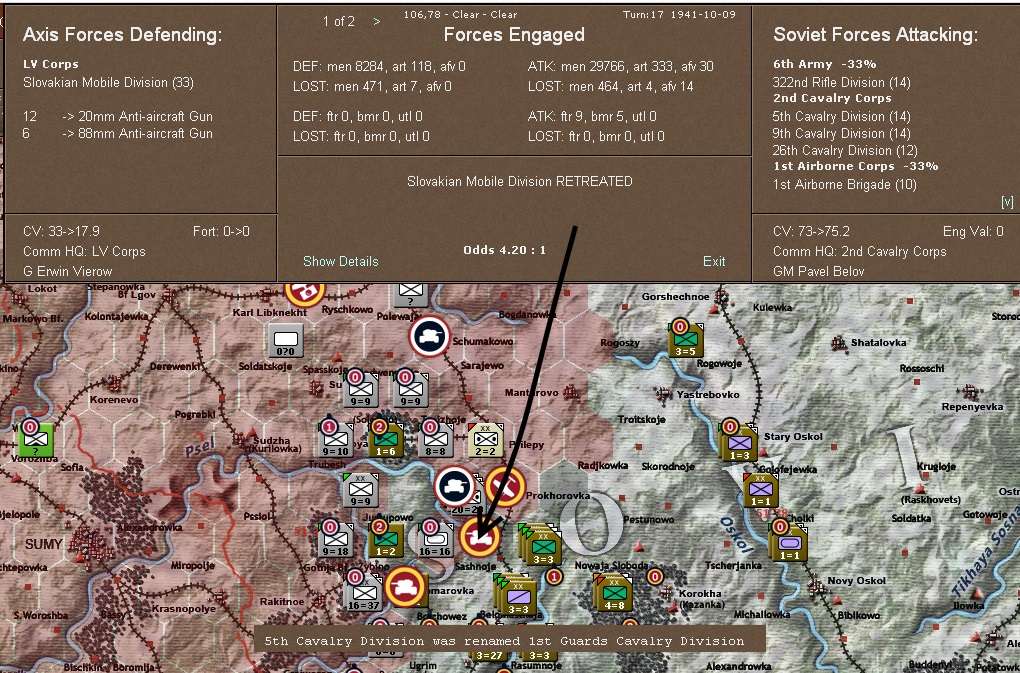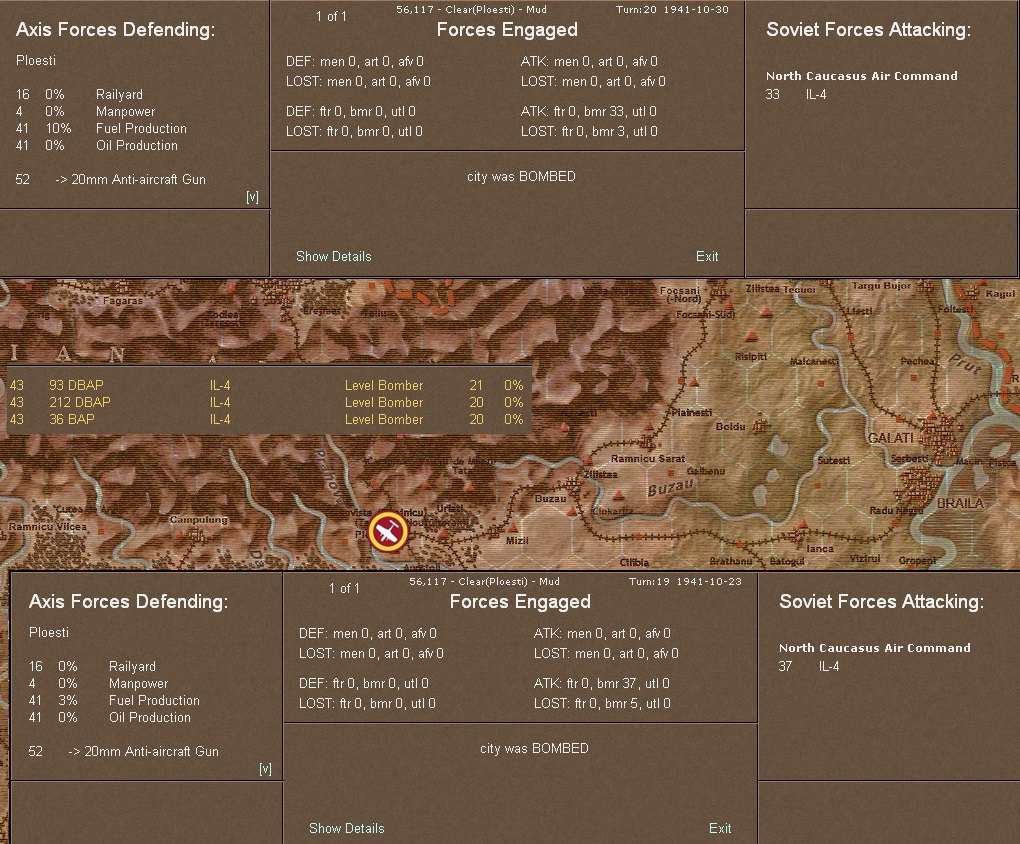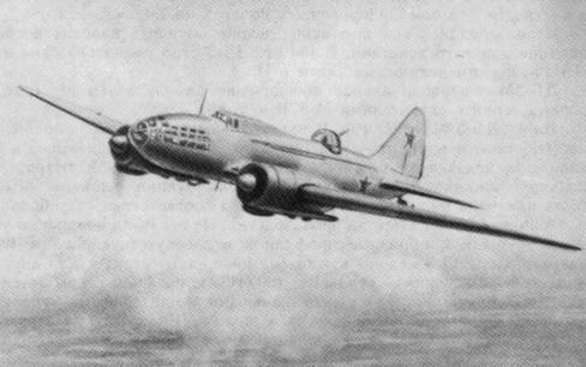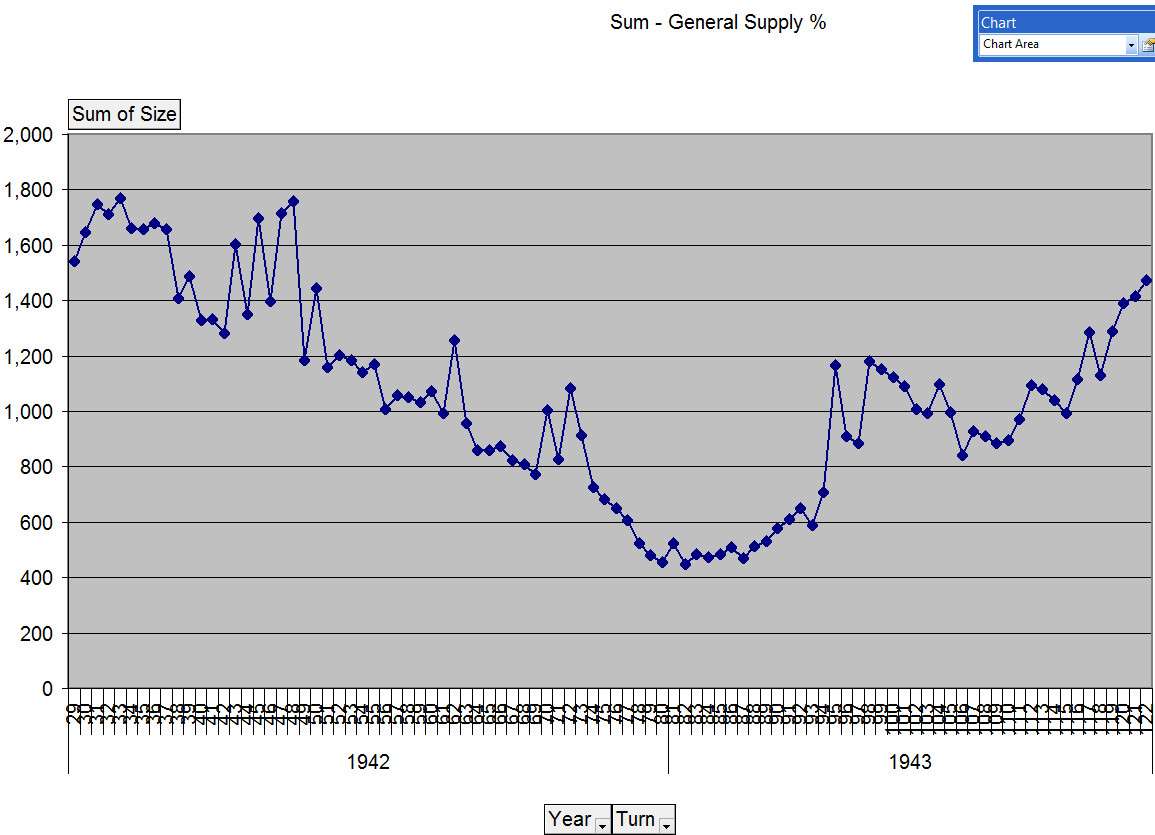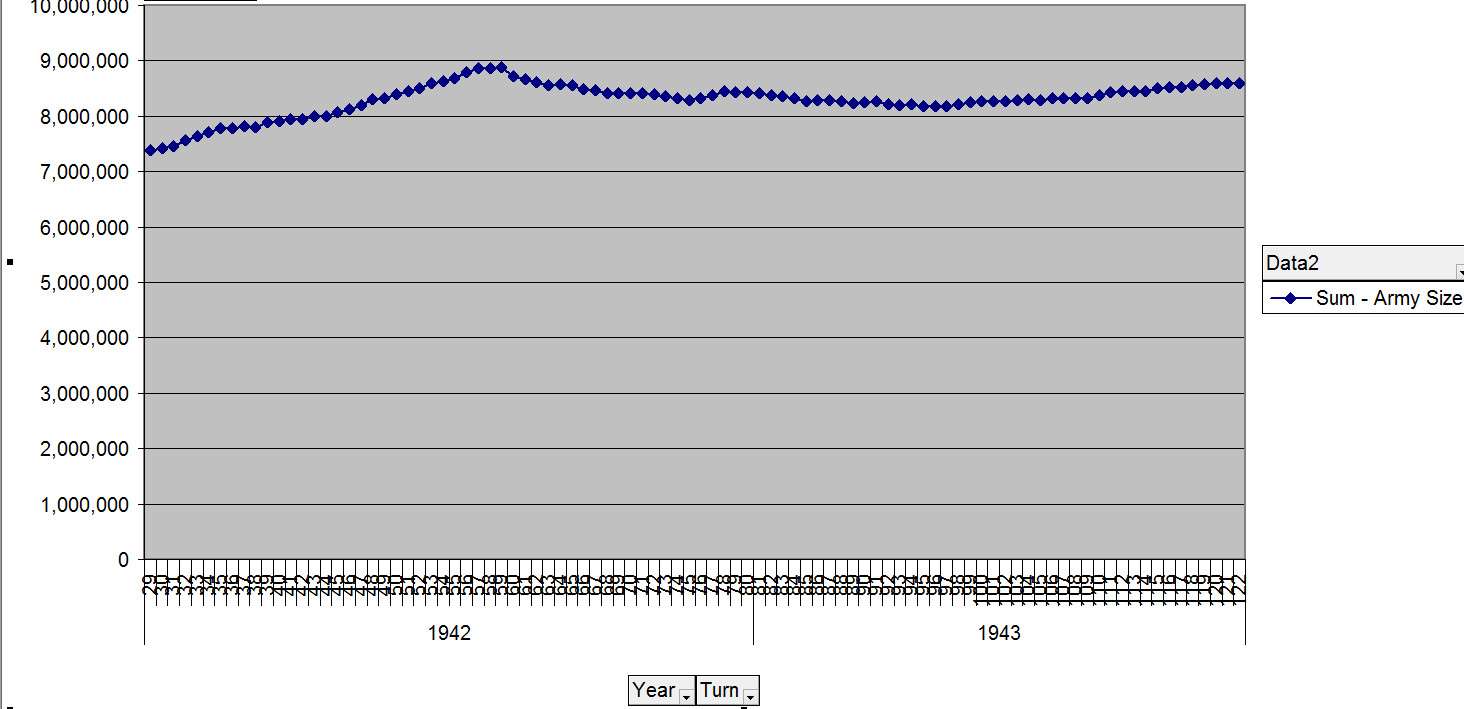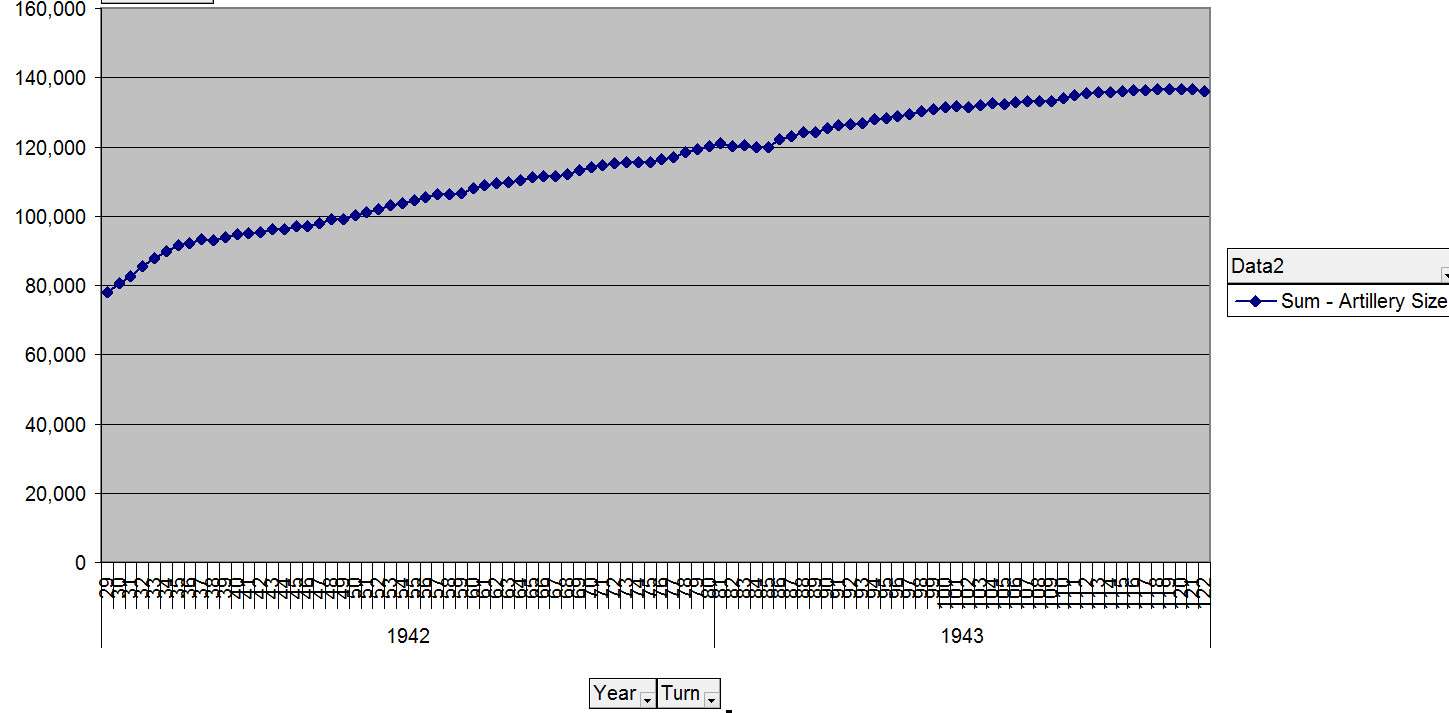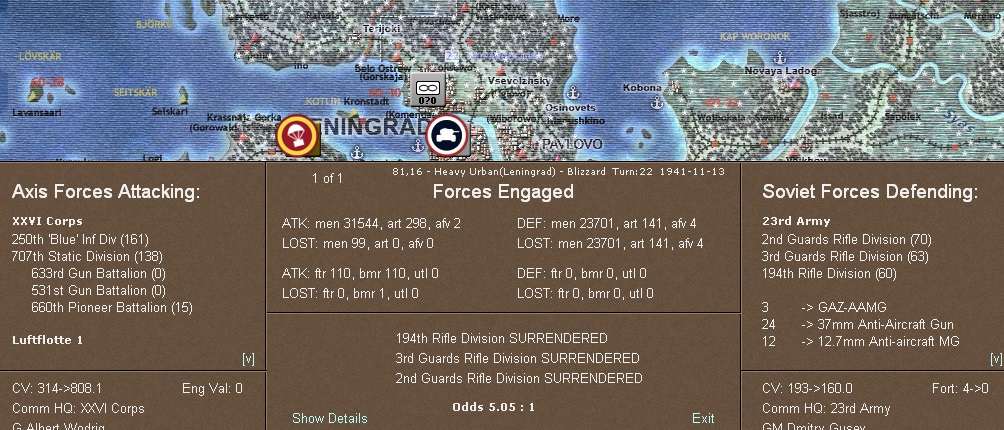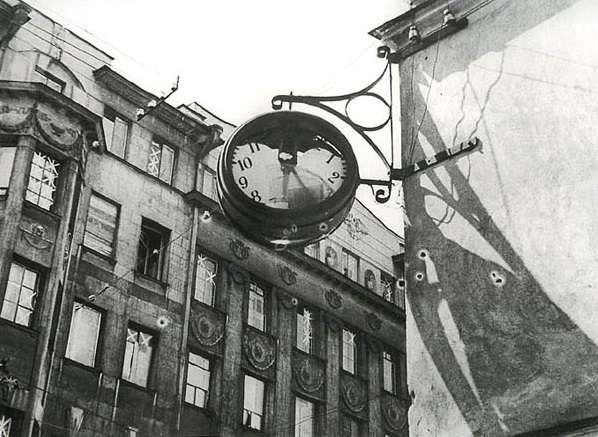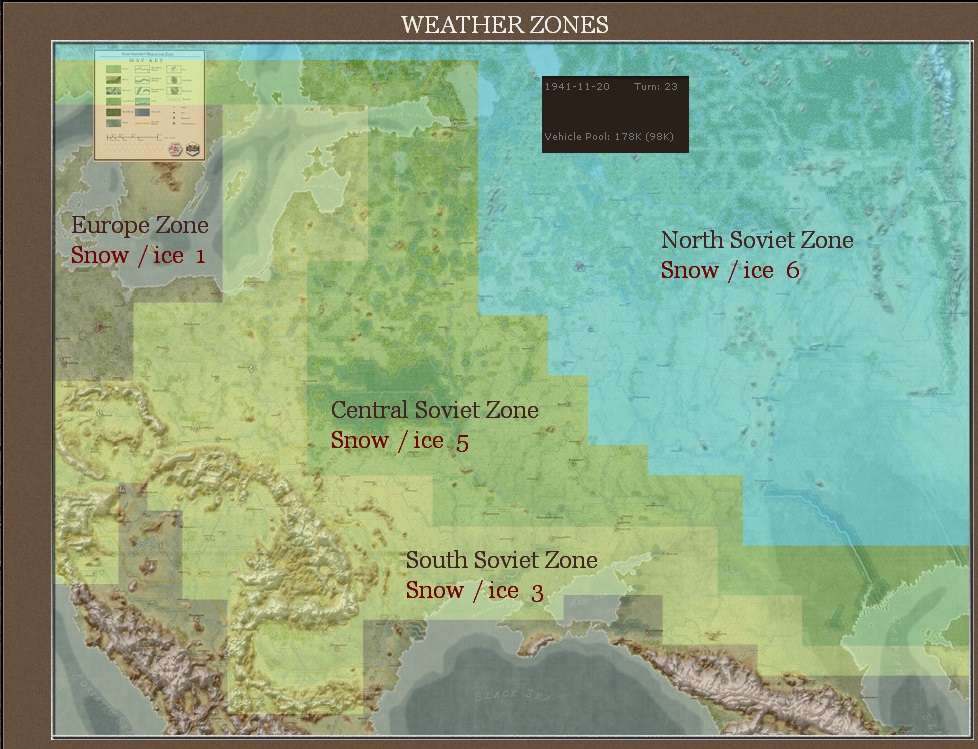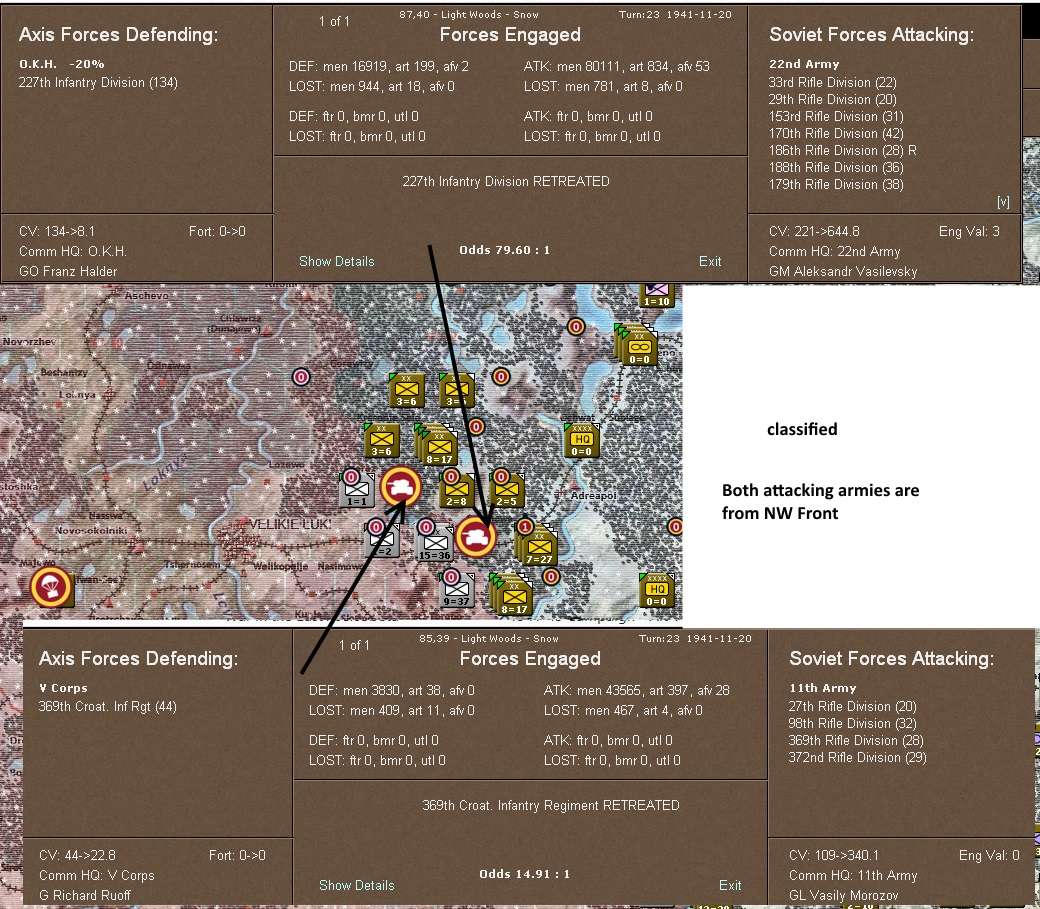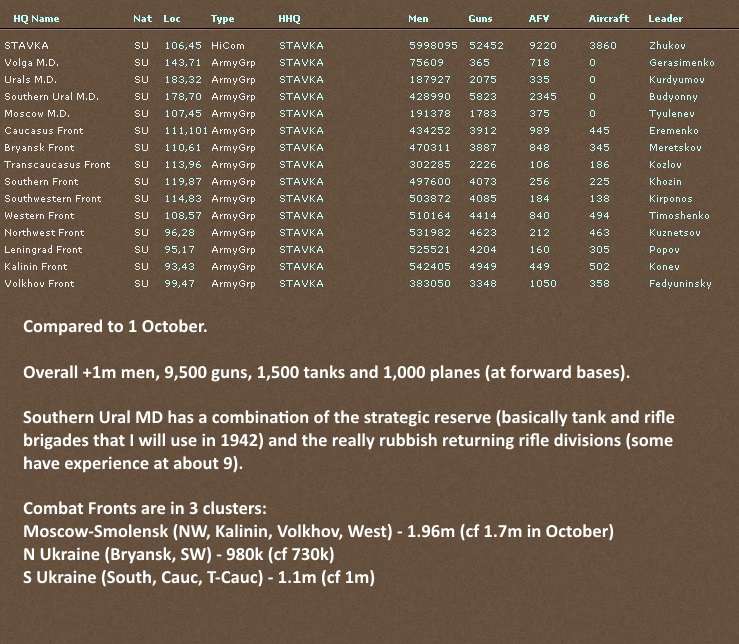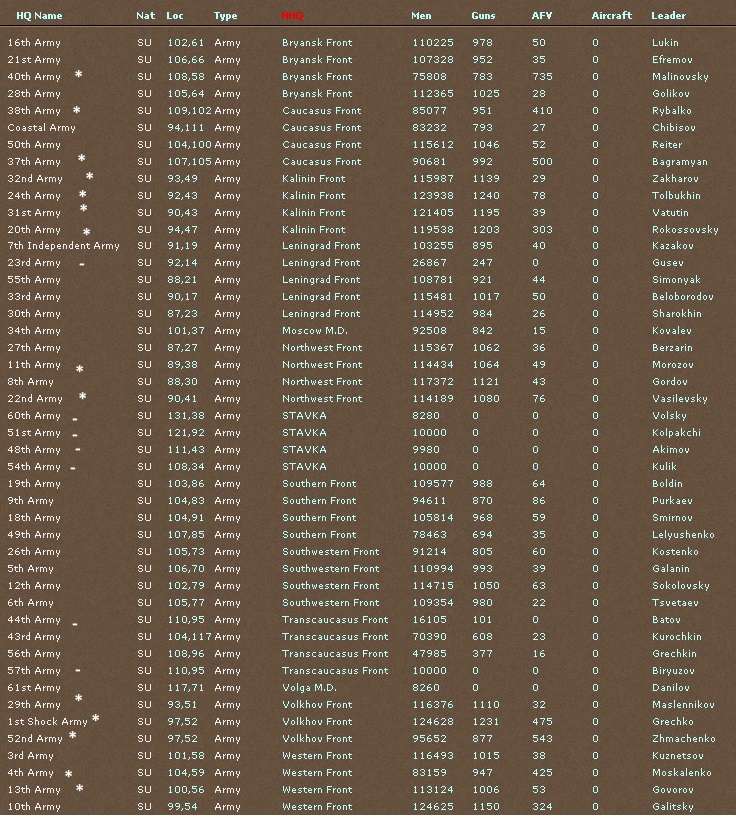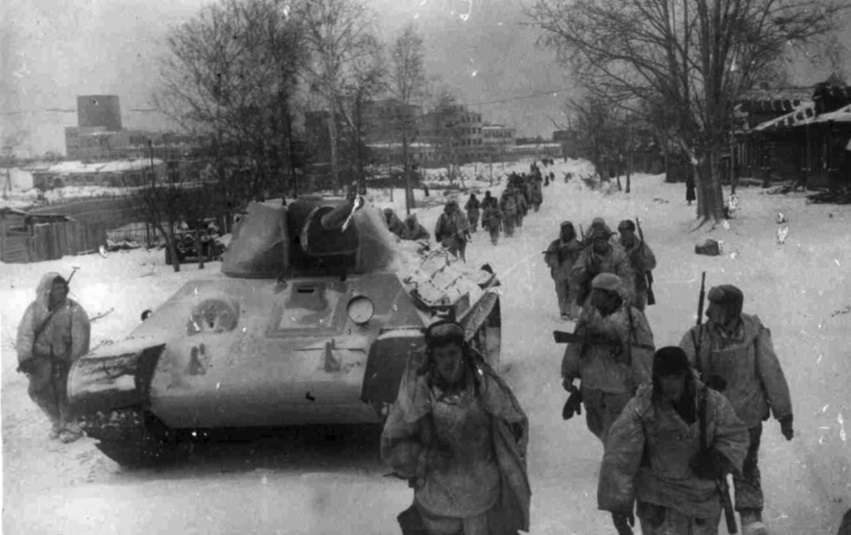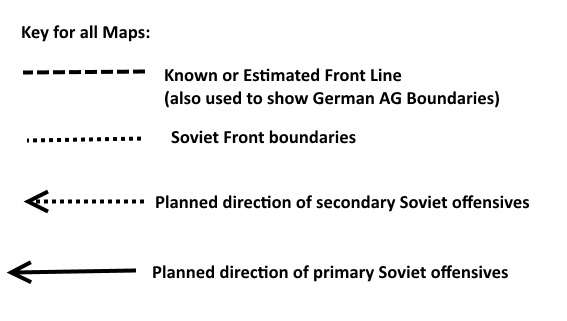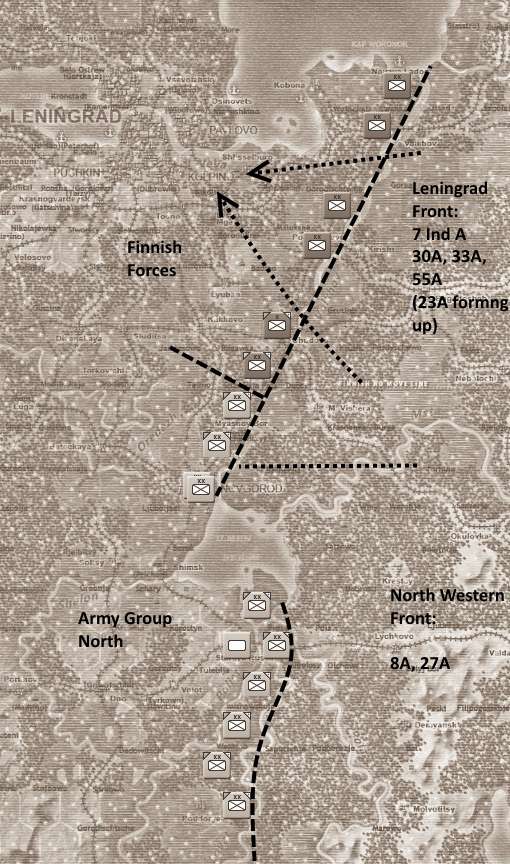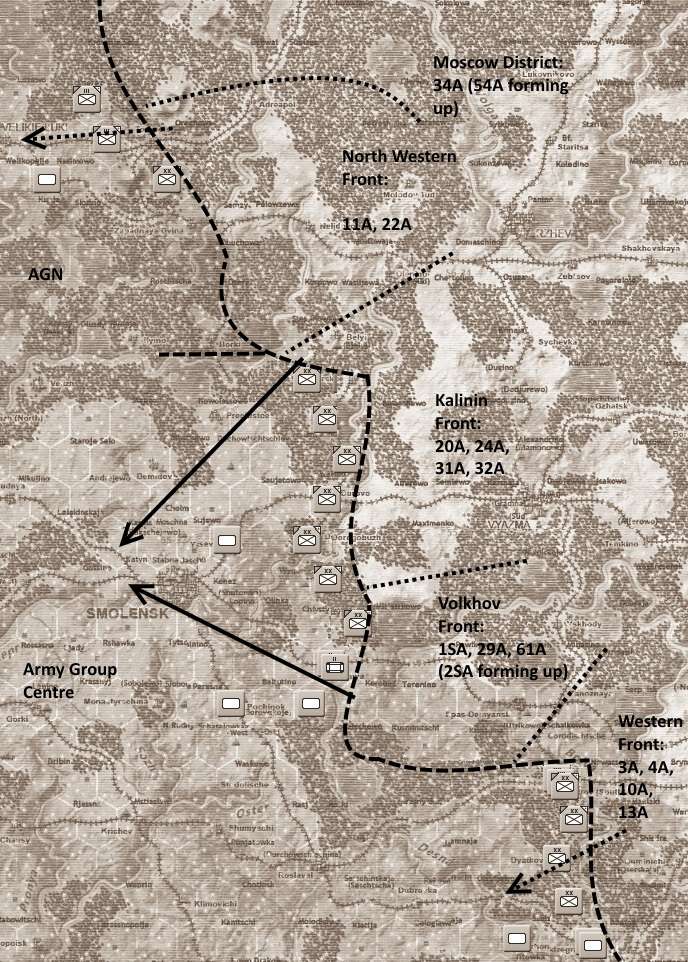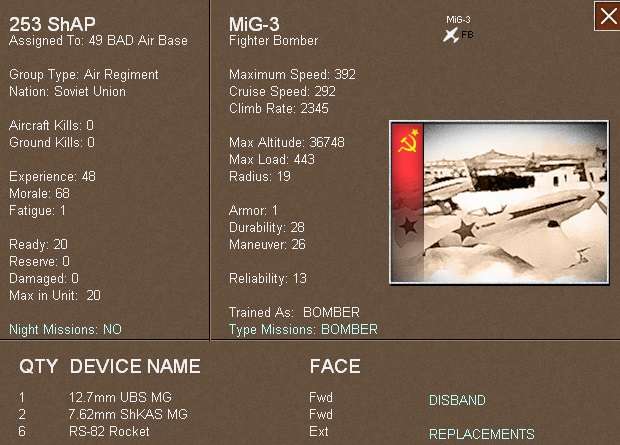(short report as I made a mess of both taking screenshots and saving the turn – ie I forgot to do both so only have the turn as it arrived not after my moves).
In the north the Germans completed the isolation of Leningrad but did not press their attack on the exhausted Soviet formations falling back behind Tikhvin. In an attempt to improve morale in the cut off city, Stavka awarded Guards status to two of the divisions now trying to defend the birthplace of the revolution [1].
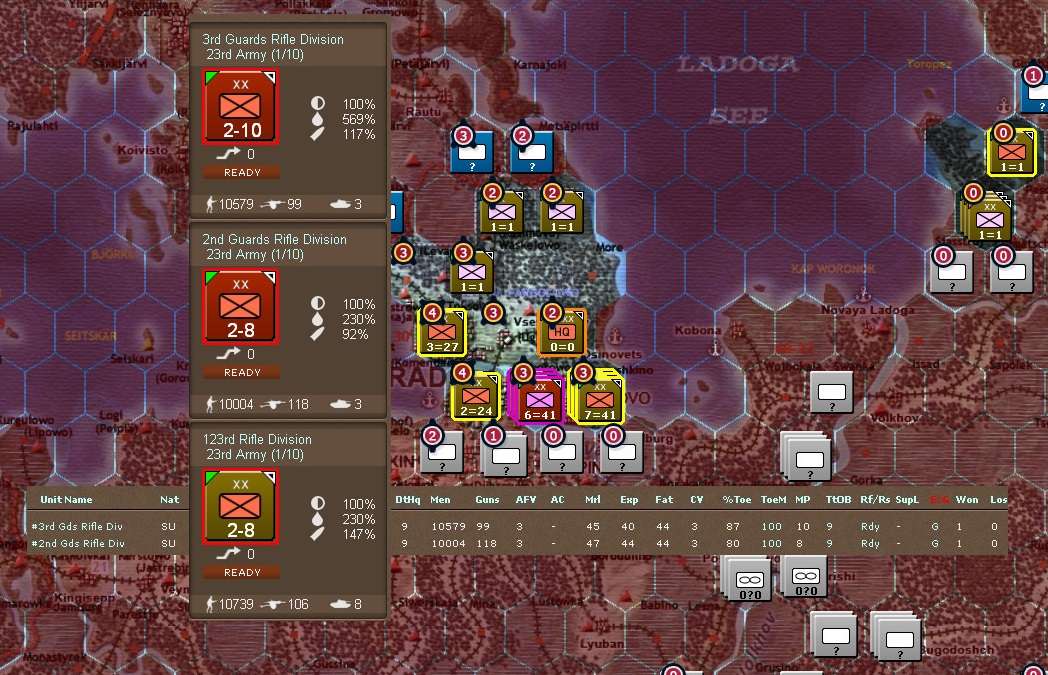
The Orel-Tula sector saw intense fighting as the Germans tried to seal the pocket around Orel and make progress through the multiple Soviet defensive lines around Tula. Stavka again committed the bulk of reinforcements to rebuilding Western Front to protect Moscow's southern flank.
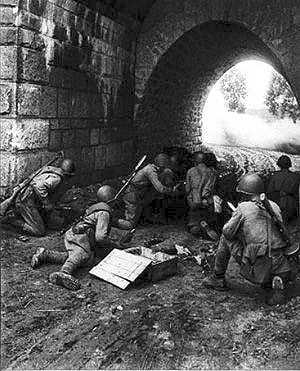
(Soviet defensive positions near Tula)
In the south, the Germans finally hit at the weakened SW Front, encircling most of 5 Army at Kursk. However, a localised Soviet counterattack managed to re-open a supply line to the trapped units.
In the lower Dneipr battles, the main Soviet loss was Leonid Bobkin who was killed in a car accident [2] as the Germans pressed eastwards towards Stalino. Their spearheads were just 30 miles from the key industrial region as they engaged with the outer defences of 50 Army.

[1] Last turn, really for something to do, I'd attacked across the Neva and beat up a regiment of the 'Blue' Division. It appears that if a unit has no losses, it is just possible (if very unlikely) for it to reach the Gds threshold with 1 win (if you play with no +1 and mild winter).
[2] Rumours that his car had been recently serviced by specialist NKVD mechanics are, of course, completely false. But his army is no where near the Germans so this was a bit of a surprise.
-----------------------------------------------------------------------------------------------
With Leningrad now abandoned, the war became very personal. Communications were still intact and U2s and fast Pe-2s were able to evade German air cover, so key personnel were sent back and forth. Of course, for the bulk of the population, there was no escape and food was already becoming very scarce.

I hoped that my sister might be among those evacuated, but at this stage Stavka was refusing to admit the city was lost. Defending divisions were promoted to Gds status in an attempt to encourage resistance and Leningrad and North Western Fronts were apparently preparing a counterattack.
Even from the signals we knew this was false. Leningrad Front had been shattered in the Volkhov battles and needed time to rest and refit.








